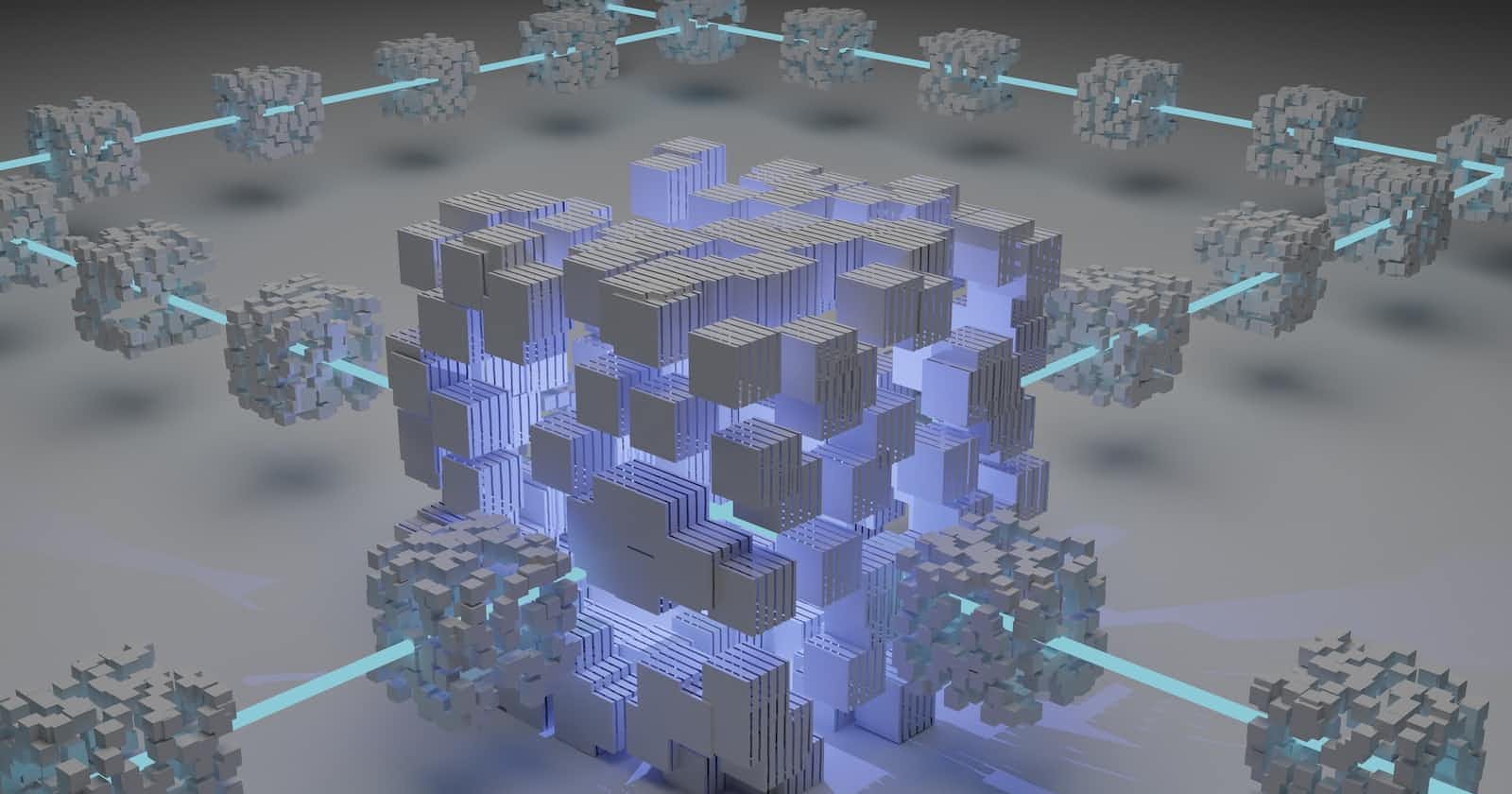Web3 and blockchain are related concepts but refer to different aspects of the decentralized digital landscape.
Blockchain:
Definition: Blockchain is a distributed ledger technology that enables secure and transparent record-keeping through a decentralized and consensus-driven system.
Functionality: It serves as the underlying technology for various applications, including cryptocurrencies (e.g., Bitcoin, Ethereum), smart contracts, and decentralized applications (DApps).
Key Features: Immutability, decentralization, transparency, and security are fundamental features of blockchain. It ensures that data is stored in a way that is resistant to tampering and provides trust in a trustless environment.
Web3:
Definition: Web3 is a concept that envisions the next generation of the internet, emphasizing a decentralized and user-centric model.
Functionality: It extends beyond the current web (Web2) by incorporating decentralized technologies, such as blockchain and other distributed protocols.
Key Features: Web3 aims to give users more control over their data, privacy, and digital identities. It promotes peer-to-peer interactions, eliminating the need for intermediaries and fostering a more open and inclusive digital ecosystem.
Key Differences:
Scope:
Blockchain: Focuses on the underlying technology for secure, transparent, and decentralized record-keeping.
Web3: Encompasses a broader vision for the future of the internet, emphasizing decentralization in various aspects of online interactions.
Application:
Blockchain: Primarily used for creating secure and transparent ledgers, supporting cryptocurrencies, smart contracts, and DApps.
Web3: Envisions a decentralized internet where users have more control over their data, identity, and interactions.
Philosophy:
Blockchain: Emphasizes security, transparency, and decentralization in the context of data and value transfer.
Web3: Advocates for a user-centric internet, aiming to shift control and ownership of data from centralized entities to individuals.
Examples:
Blockchain: Bitcoin and Ethereum are examples of blockchain platforms with specific use cases like digital currency and smart contracts.
Web3: Refers to a broader movement, and projects like Solid (decentralized web platform) and Interledger (protocol for payments across different payment networks) contribute to the vision of Web3.
In summary, while blockchain is a specific technology for secure and transparent record-keeping, Web3 is a larger vision for a decentralized internet that incorporates blockchain and other distributed technologies to redefine the way we interact online.
Thanks for reading, If you’d like to see more posts on Nfts, Blockchain, Web3, Linux, Python, Git, GitHub and Cybersecurity, follow me on my social media handles.


